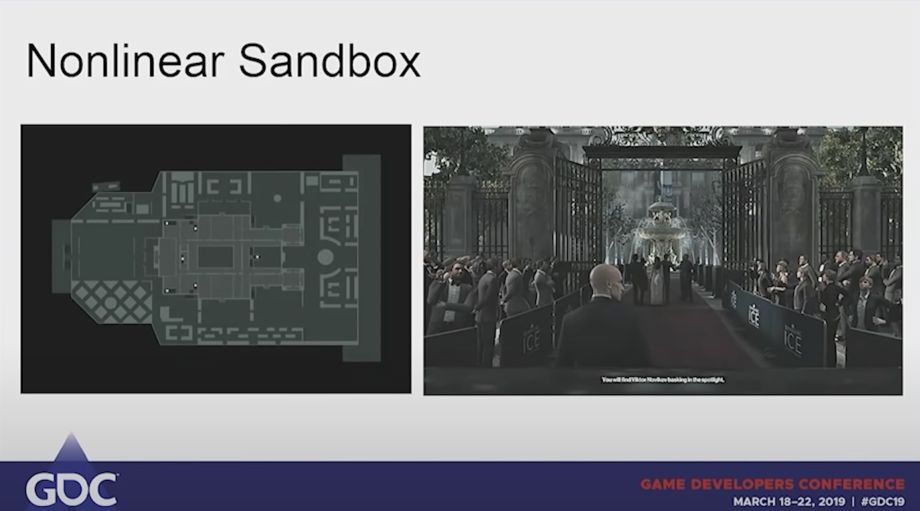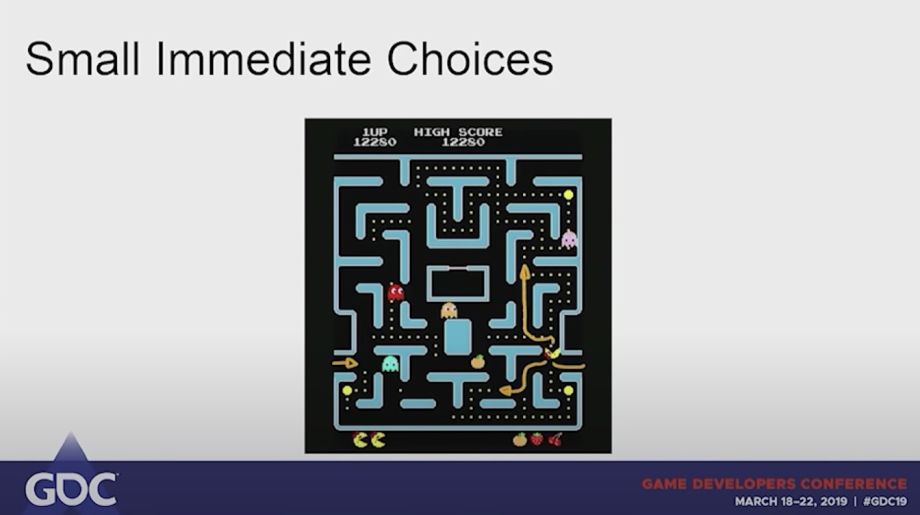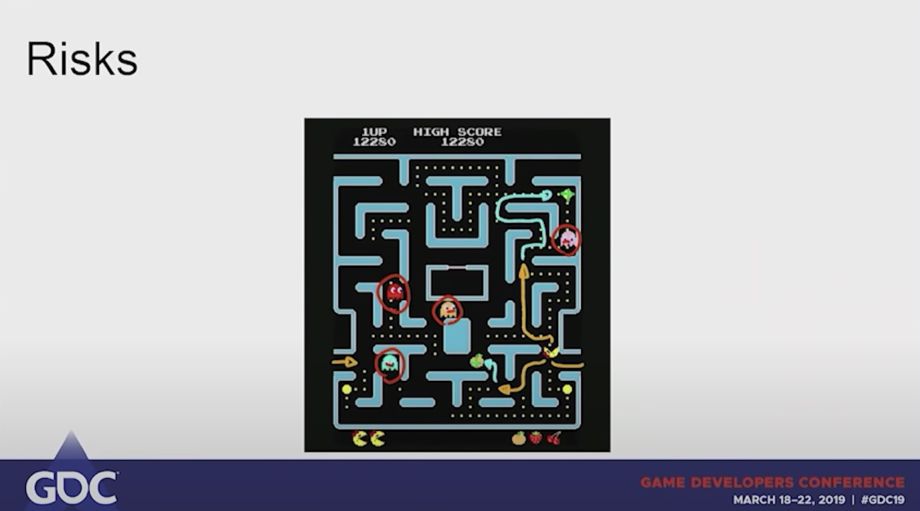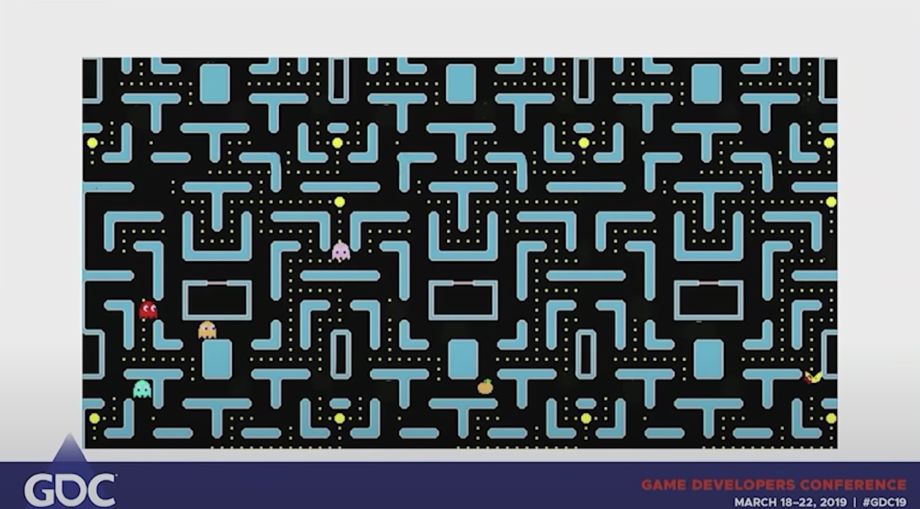
In 2019, during a Game Developers Conference, Aubrey Serr shared an overview of non-linear design techniques in single-player sandbox levels, the distinct value and challenges of non-linear levels, and how level designers can adapt these techniques to otherwise linear levels.
So, in this article, we decided to take a look at this great talk and show you the great level design techniques, which can be used to create so-called Radically Non-Linear Levels, that Serr showed during it.

What is Radically Non-Linear Level?
First of all, what is a Radically Non-Linear Level? According to Serr, it is a sandbox level that is designed to encourage unpredictable player movement and exploration of the space. This type of level is very distinct and interesting, as it never allows players to become bored. The oldest and cleanest example of such a level that Serr found was Miss Pac-Man.

The map is offering free-form tactical choices, thanks to its openness, and large enough for strategic choices, available to the player. Serr commented, that the designer of Miss Pac-Man confirmed the various behaviour of each ghost, which makes each ghost a unique risk factor that the player needs to consider.
,
Serr mentions an additional list of factors that make the map in Miss Pac-Man a great example of a Radically Non-Linear Level:
● It's small enough, so the entirety of the map is in play.
● The map is complex enough to be interesting but transparent enough to be predictable.
● There is no exit. According to Serr, this is an important aspect of such maps because usually, a player would consider exploring the map first, and leave it later.
● Dynamic pacing, reassured by timings the game creates. A player has to consider paths, power pellets, ghost movements, and other things to successfully beat the game.

Following the explanation of the term "Radically Non-Linear Levels", Serr explains, what makes such levels cool and appealing to the players:
● One of the main reasons is that the aforementioned games emphasize gameplay over the story. Such levels truly give the gameplay some breathing room and destroy boredom.
● More breathing room for the gameplay means that the player has more freedom in terms of strategic and tactical decisions.
● Map knowledge is important in this kind of level, so exploration is naturally rewarded.
● Because there's no need to guide the player from point A to point B, it is possible to create parts of the environment destructible and NPCs on the level killable.
● They also emphasize dynamic and environmental storytelling because of fewer artificial barriers, so it is easier to feature realistic locations and architecture.
● And the most important reason is that such levels provide the player with the ability to try new strategies and find new places on the map that can be used to the player's advantage.